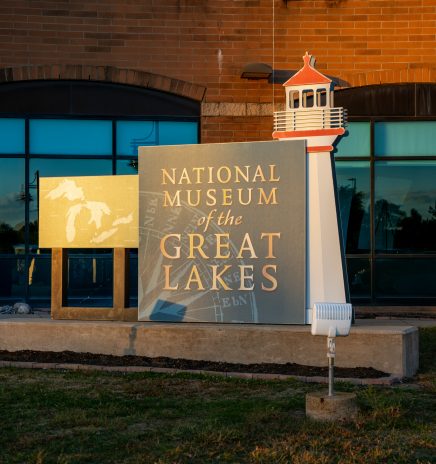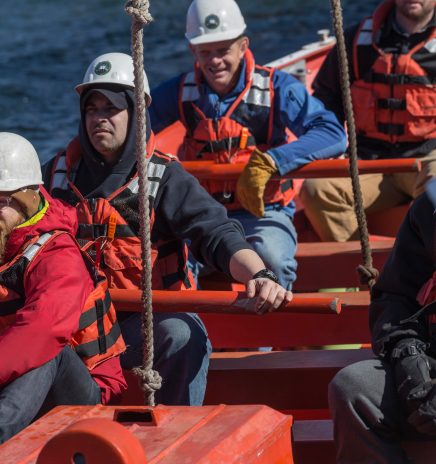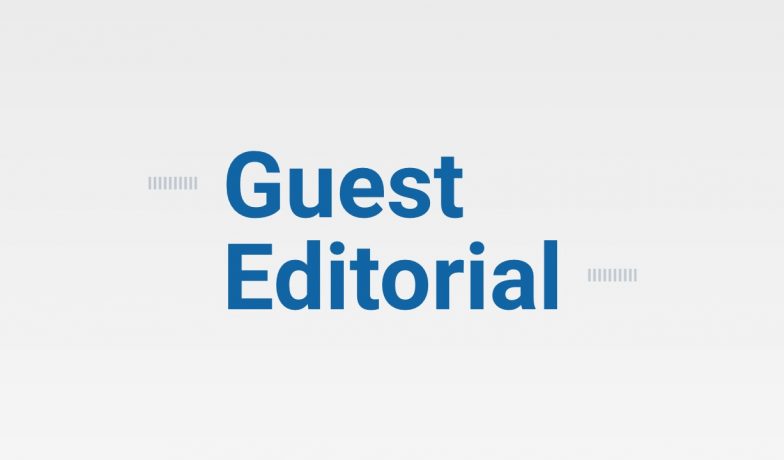Historic Spending: Federal Spending Means Big Money for Great Lakes Shipping
In addition, before the end of this year, Congress may enact a $1 trillion historic bipartisan infrastructure package, plus an even more historic multi-trillion-dollar package of programs that has been called “the largest expansion of the federal safety net since FDR’s New Deal.” And all that is in addition to regular, annual, Congressionally-appropriated monies for federal agencies, which fund a broad array of Great Lakes and other programs.
Even by federal standards, these numbers are astonishing.
In fact, it is possible that by the end of this year, Congress will have approved, and presidents will have signed into law extraordinary funding – which means funding above and beyond the regular annual federal budget – in excess of $8-10 trillion over the last two years. To give that number some context, the total discretionary federal annual budget last year was $1.6 trillion. In our decades in Washington, D.C., we have never seen anything like this in terms of federal spending. Those massive funding bills will touch many aspects of our lives, and the Great Lakes and Great Lakes shipping are no exception.
Here are four specific examples of how this explosion in federal funding will be directed to the Great Lakes:
The Soo Locks
Within the U.S. Army Corps of Engineers Fiscal Year 2022 (FY22) budget request, the project to construct a new navigation lock at the Soo Locks is targeted to receive nearly half a billion dollars, $480 million to be exact. That is likely to be the single largest yearly funding increment for a project that will eventually cost an estimated total of $1.3 billion, placing it among the largest public infrastructure projects ever on the Great Lakes.
This $480 million is primarily targeted to beginning construction of the new lock chamber, as the channel deepening and approach wall portions of the project have mostly been funded already. If the $480 million is appropriated by Congress this year, as expected, the federal commitment to the project so far would total $873 million.
Other Army Corps Funding
The Army Corps FY22 budget request also includes $252 million to fund harbor maintenance, dredging, harbor jetty and breakwater repairs, and construction of dredged material disposal facilities in the Great Lakes – a record for such requests.
Additionally, the bipartisan infrastructure bill, which passed the Senate in August and will soon be considered by the U. S. House of Representatives, would provide the Corps with $1.15 billion more to construct coastal navigation projects nationwide (such as the Soo Lock project) and with $4 billion more for operations and maintenance of Army Corps projects. The Corps could allocate some of this to Great Lakes projects, with both additional amounts spread over five years.
Great Lakes Restoration Initiative
A popular program in Congress, the GLRI receives approximately $300 million annually from the U.S. Environmental Protection Agency for discrete projects related to improving the environmental health of the Great Lakes. The Senate bipartisan infrastructure bill would add another $1 billion in funding for GLRI spread over the next five years.
GLRI funds research, biomonitoring, assessment, habitat protection, environmental restoration, water quality improvement, invasive species removal and prevention, and native species restoration projects throughout the Great Lakes region.
New Great Lakes Icebreaker (GLIB)
Congressional support for construction of a new U.S. Coast Guard Great Lakes heavy-duty icebreaker continues to build. In August, the Senate approved an amendment by Sen. Tammy Baldwin (D-WI) to the FY22 budget resolution to encourage funding the construction of the new GLIB.
The amendment is non-binding but lays the groundwork for approval of an estimated $350 million in funding for the GLIB in the FY22 reconciliation bill, which will be considered by Congress this fall. The Baldwin amendment passed the Senate by a bipartisan 85-13 margin.
The Great Lakes region is entering a period of significantly increased investment in navigation infrastructure and environmental health by the federal government. The four areas listed above are just examples and only scratch the surface of ways that a surge of federal funding will impact the Midwest.
The Great Lakes provides drinking water and recreational opportunities and supports the region’s economy and jobs. This increased attention and support by the federal government will help sustain the Great Lakes economy and environment well into the future.

From History Keepers to Industry Builders at the National Museum of the Great Lakes
At the National Museum of the Great Lakes, our mission is to preserve, share and celebrate the past, present and future of the Great Lakes story. That story is vast,... Read More

Building a Framework To Address Workforce Shortages
The United States Merchant Marine is at a crossroads – one that could define the future of our maritime sector for generations. As workforce shortages collide with increased global competition,... Read More

